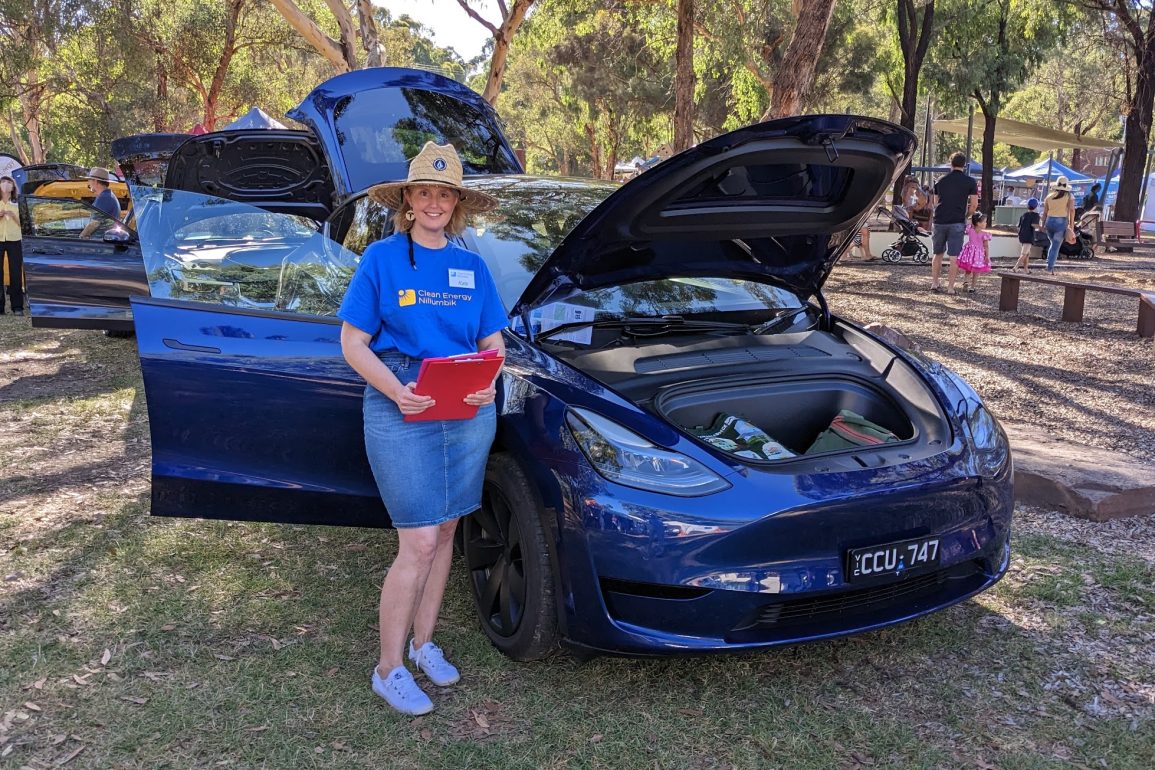Pure electric vehicles (EVs), plug-in hybrid electric vehicles, conventional hybrids and hydrogen (fuel cell) vehicles all form part of a new lexicon that dominates conversations about the future of cars.
While the key driver of change is environmental, it shouldn’t be overlooked that efficiencies gained (including a significant drop in carbon dioxide emissions from modern car fleets) have been achieved through continuous improvement of internal combustion engine (ICE) vehicles over 120 years. Also, we should remember that ICE vehicles can still be carbon neutral if biofuels are used. The change to a cleaner vehicle fleet isn’t just about electric powered vehicles – it’s about multiple solutions.
However, we are on the EV journey, and state and national governments have announced a series of emission targets. On a visit to five European countries last year as part of a delegation talking to industry groups and policymakers, it was broadly understood that aspiration targets were created in the knowledge they probably wouldn’t be met. In Sweden I was told “if we didn’t have aspirational targets, we wouldn’t have achieved anything.”
Norway is generally used as the benchmark for the uptake of EVs and through policy and incentives, more than 80% of all new passenger vehicles sold are EVs. But even now, the actual saturation of EVs in Norway is less than 30% of all vehicles on the road.
So, how are we going in Australia? For perspective, Australia represents about 1% of all global new car sales annually. We buy about 1.1 million new cars a year and have one of the widest ranges of vehicles.
We have had a slow start to the uptake of hybrids and EVs; however the Australian public is quickly becoming informed about the differences between conventional hybrids, EVs and plug-ins.
In 2022, 33,410 pure electric vehicles were sold, representing 3.1% of all new vehicle sales, up from about 2% in 2021. There were 5,937 plug-in-hybrids sold in 2022, a rise of 2,565 vehicles or 76.1% over 2021, with plug-in-hybrids accounting for 0.5 per cent of the new vehicle market in 2022.
And 81,786 hybrids were sold during the 2022 calendar year – a growth of 11,320 vehicles or 16.1% over 2021, accounting for 7.6% of the new vehicle market in 2022.
EVs, conventional hybrids and plug-ins together make up more than 10% of the national vehicle market sales in 2022. Not bad for beginners.
So, where is the policy on EVs going and what is likely to happen?
States started to get engaged a few years ago and most have brought in a series of incentives, mainly around consumer rebates and concessions. Most state governments have committed to populating their fleets with EVs, which will ultimately enter the second-hand market. While these are encouraging signs, much more will need to be done to get anywhere near the incentives enjoyed by our Norwegian counterparts.
Victoria is the only jurisdiction in Australia with a road user charging regimen for cars; however, this is currently being tested in the courts. The federal government has also joined in this dispute, and it is likely a position on who can set and collect road user charges will be known by the end of the year.
A new federal government came to power last year on a platform of reducing CO2 emissions to reach a target of net zero CO2 emission by 2050. A key part of this policy was to reduce vehicle emissions with a target of nine out of 10 cars sold by 2030 being electric. The states have been slightly more circumspect with their targets, which in most cases aim for 50 percent of vehicles sold by 2030 being electric.
Factors in achieving those targets include vehicle availability, cost and infrastructure. One of my key learnings from the visit to Europe was that the uptake of EVs in most countries was proportional to the level of incentive offered to buyers.
Last year the Australian government released a publication, National Electric Vehicle Strategy – a discussion paper. The Victorian Automotive Chamber of Commerce, along with other industry and consumer groups, are expected to issue their response before May this year. Limiting the number of higher polluting vehicles coming into Australia, incentivisation and potential CO2 charges for existing vehicles are all likely to be somewhere in the mix. While Australia might be a bit late to join the party, we have an advantage in that we can learn from our peers’ experiences.
In my day job in the automotive industry, I can see an industry that is ready for the next technological challenge. The capability in the Australian automotive industry remains one of the best in the world and we are ready for the next transition.
Geoff Gwilym is the CEO at the Victorian Automotive Chamber of Commerce and has spent more than 45 years in the automotive industry. He has resided in Eltham for 26 years.






